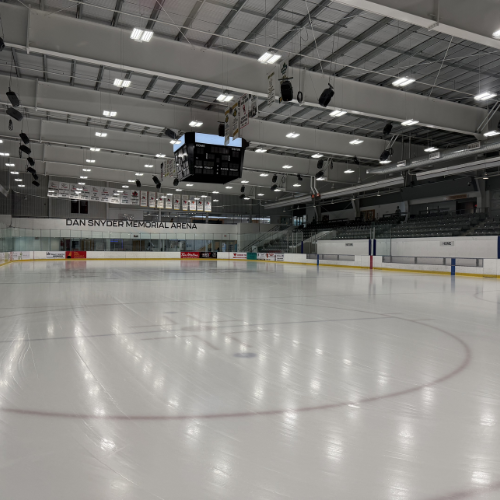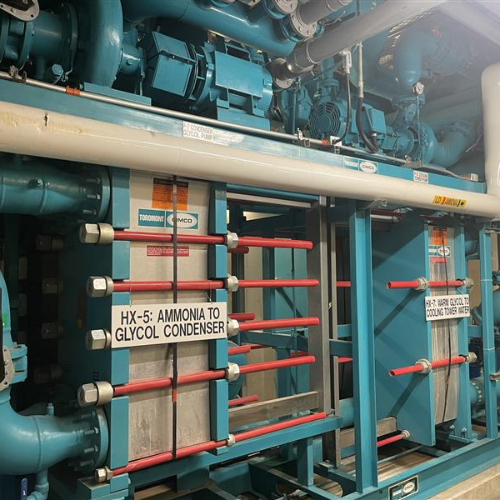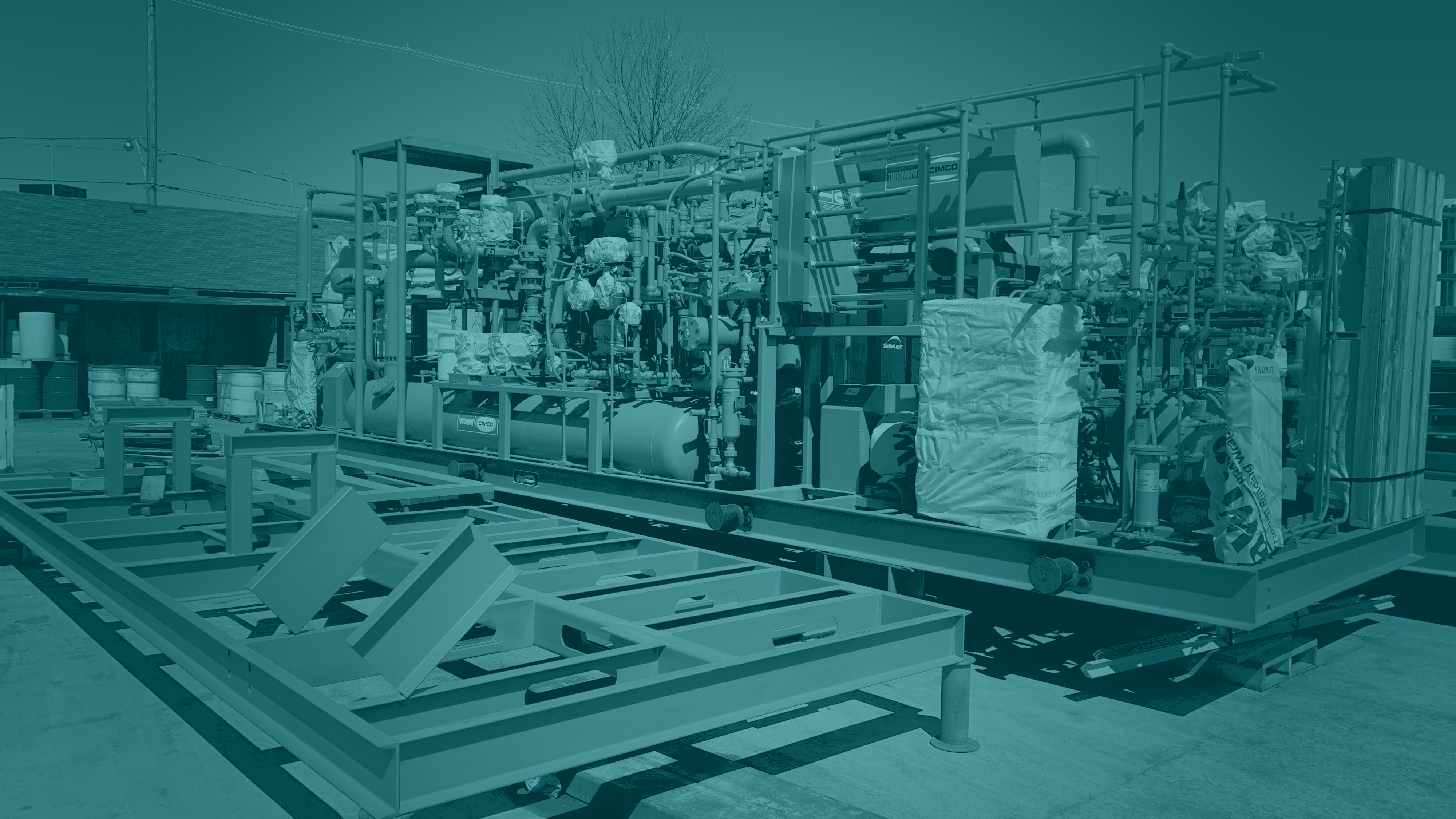As a facility manager, you understand the importance of keeping your equipment up-to-date and well-maintained. When it comes to your chiller, however, it can be challenging to know when it's time to replace it. The chiller is a critical component of your refrigeration system, and an end-of-life chiller can pose various risks to your operation, facility safety, and the environment.
At CIMCO, we've identified that a chiller is at the end of its life based on its age, condition, and maintenance history. But what are the risks of not changing your chiller on time? Let's take a closer look.
Operational Risks:
Your chiller is an essential component of your refrigeration system, and there is no redundancy. If the chiller fails, the entire system may be unable to perform, leading to an operational shutdown. This shutdown can lead to programming issues, loss of facility reputation, loss of incoming revenue, and unbudgeted expenditures. The risk of downtime and loss of revenue is significant.
Safety Risks:
If a shell and tube fail, it can result in a refrigerant leak in the building. Exposure to the refrigerant can be toxic, and flammable, and can cause asphyxiation, presenting potential serious injury or death. Those affected would be anyone within the building, including users, staff, and contractors. The risk of injury or damage to life and property is significant.
Environmental Risks:
Chiller failure can lead to environmental risks, such as refrigerant release and groundwater contamination. This can result in fines from government organizations, as well as significant fees to dispose of cross-contaminated refrigerants. The potential for environmental damage is high and should be a serious concern for facility managers.
Replacing a chiller after failure can take a minimum of 12-14 weeks, leading to downtime and loss of revenue for the facility. Moreover, the cost of replacing a chiller after failure can be up to 30-40% higher than the cost of replacing a chiller proactively.
In conclusion, it's essential for facility managers to keep a close eye on the age, condition, and maintenance history of their chillers. By taking regular brine samples and having them analyzed by a qualified chemist, you can receive recommendations to keep the brine/glycol in check. Any sign of end-of-life chillers should be taken seriously to avoid operational, safety, and environmental risks. The cost of replacing a chiller proactively is significantly lower than the cost of replacing a chiller after failure. Therefore, changing a chiller proactively can not only help avoid risks but also save time and money.
At CIMCO, we're committed to helping you make informed decisions about your chiller maintenance and replacement needs. Contact us today to schedule a consultation and learn more about how we can help you ensure the safety, efficiency, and sustainability of your facility.

Richard Poole – Account Manager
Richard Poole is a highly experienced professional who has been with CIMCO for 35 years. As an expert in the field, he possesses extensive knowledge of industrial refrigeration systems and has helped numerous customers in optimizing their refrigeration systems to improve efficiency and reduce operating costs. Richard's commitment to promoting best practices in the industry reflects his expertise and experience. In his blog post, Richard draws on his extensive knowledge of industrial refrigeration systems to help facility managers understand the importance of proactive chiller replacement.
Email: RPoole@TOROMONT.com
Related Posts

Decarbonization Trends Shaping Industries

Woolwich Memorial Centre Achieves Energy Excellence with CIMCO’s Eco Chill

10 Simple Fixes to Boost Efficiency in Aging Refrigeration Plants
|
|



